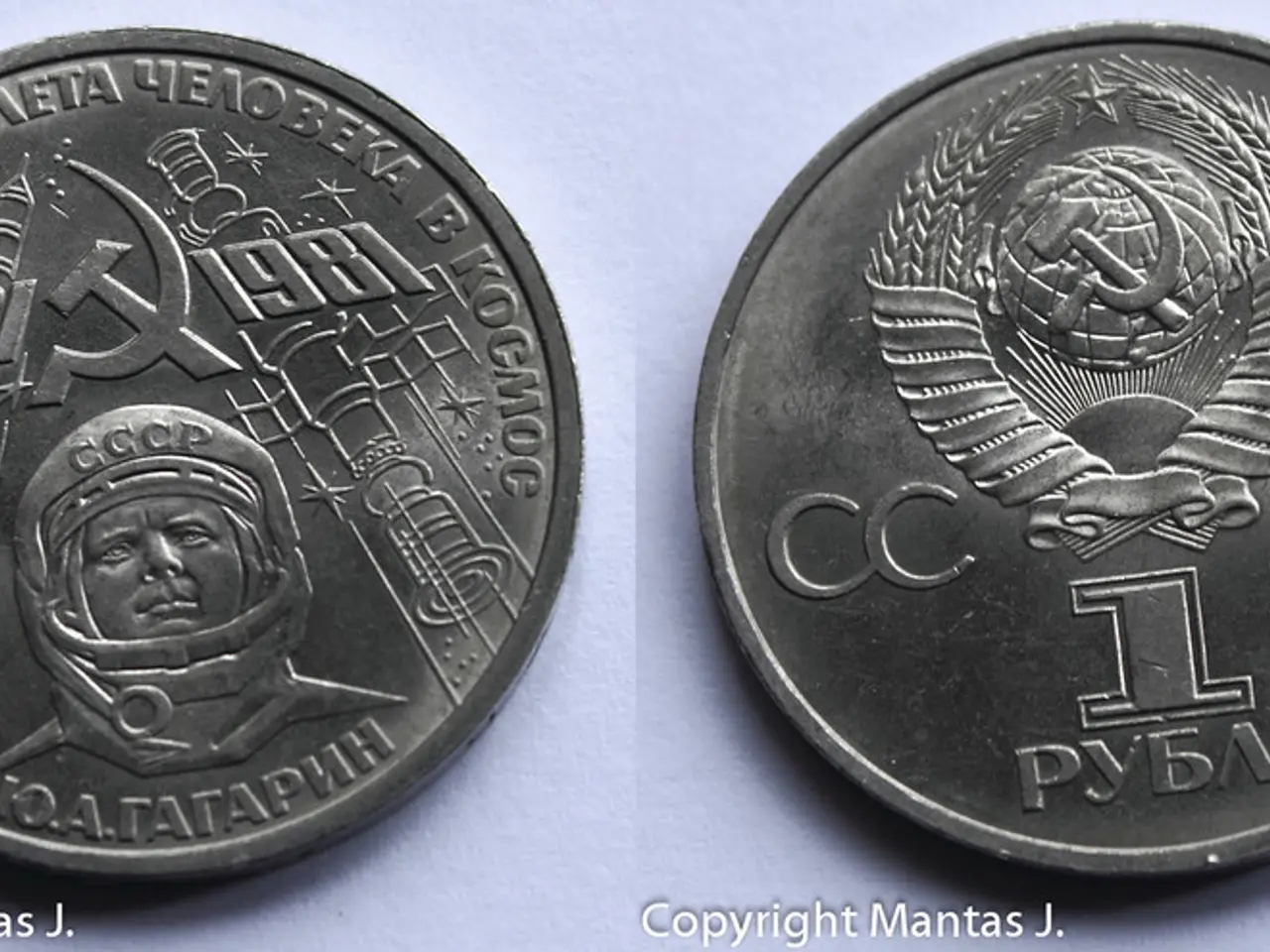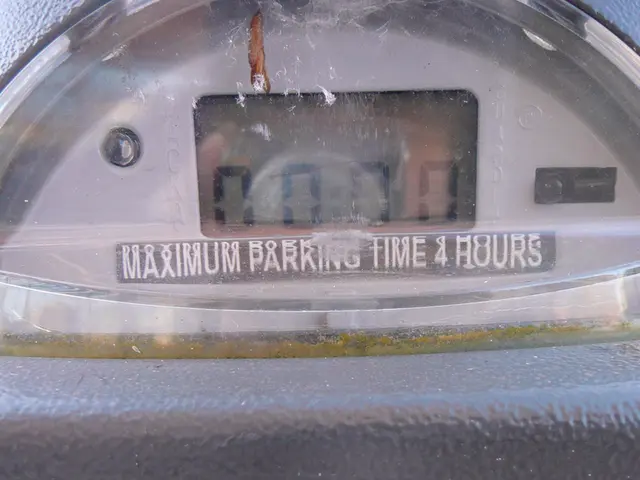Less central banks planning to invest in digital assets within the next 5-10 years
In the wake of President Trump's March 2025 executive order establishing a Strategic Bitcoin Reserve, central bank attitudes towards cryptocurrencies have evolved significantly. The order, which created a Bitcoin reserve held by the Treasury from confiscated Bitcoin, marked a historic step in U.S. policy, signalling an official embrace of Bitcoin as a government asset.
Despite this development, the U.S. government has taken a cautious approach towards central bank digital currencies (CBDCs). The Federal Reserve remains barred from issuing a CBDC, reflecting legislative concern around central bank digital currencies and government overreach.
The Strategic Bitcoin Reserve, however, represents a notable shift in the regulatory approach. Agencies are now seeking "budget-neutral" ways to acquire more Bitcoin for this reserve, and a broader Digital Asset Stockpile including other digital assets has been established, subject to restrictions on purchases and sales.
This strategic move signals a tacit official embrace of Bitcoin as a government asset, and the regulatory approach has shifted towards encouraging innovation and clearer frameworks consistent with maintaining U.S. leadership in digital finance. The President’s Working Group on Digital Asset Markets, established earlier in 2025, released a comprehensive report in July 2025 advocating pro-innovation rules, legalizing digital asset use including self-custody rights, and promoting U.S. dollar-pegged stablecoins while rejecting a CBDC.
Internal Fed policy towards crypto asset holdings by staff is also softening. Fed Vice Chair Michelle Bowman has expressed support for loosening restrictions preventing Fed staff from holding crypto assets, arguing that hands-on experience would improve understanding and regulation of this technology.
In a survey conducted in January and February, before the March executive order, only 2.1% of central banks considered investing in cryptocurrencies over the same timescale. A significant number (33, or 39.3%) of central banks were unsure about the idea of a bitcoin strategic reserve. However, 11.6% of central banks considered cryptocurrencies to be becoming a more credible investment.
It is worth noting that the survey was conducted before the latest round of US tariffs, which might have transpired a little sooner and larger than anticipated. The survey respondents cited US protectionist policies as the single biggest risk.
Interestingly, none of the central bankers surveyed plan to reduce their gold positions. During the coming year, 27 out of 72 (37.5%) central bankers plan to increase their gold positions, indicating a continued preference for traditional assets.
In conclusion, the U.S. government’s establishment of a Strategic Bitcoin Reserve marks a significant official recognition and institutionalization of Bitcoin as a reserve asset. The Federal Reserve and Congress have acted to prohibit government issuance of a CBDC, reflecting cautious skepticism about digital currencies issued by central banks. Regulatory agencies signal a more innovation-friendly framework aimed at fostering a robust digital asset ecosystem with protections and clear market roles. Internal Fed policy towards crypto asset holdings by staff is softening to enhance expertise and better regulation. These indications together demonstrate an evolving central bank and federal approach: embracing cryptocurrencies like Bitcoin as strategic assets, opposing CBDCs at least in the short term, and shifting regulation towards clarity and innovation support since Trump’s strategic Bitcoin reserve executive order in March 2025.
- The U.S. government, with the establishment of the Strategic Bitcoin Reserve, has signaled a significant official recognition and institutionalization of Bitcoin as a strategic asset, indicative of the evolving central bank and federal approach.
- The President’s Working Group on Digital Asset Markets, in their July 2025 report, advocated pro-innovation rules and legalizing digital asset use, including self-custody rights, further positioning Bitcoin as a government-recognized asset.
- In the face of this evolution, regulatory agencies are focusing on finding budget-neutral methods to acquire more Bitcoin, suggesting a move towards technology-driven investment in digital assets, like Bitcoin, within the finance sector.




